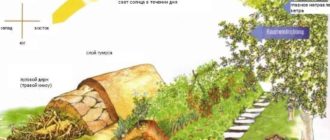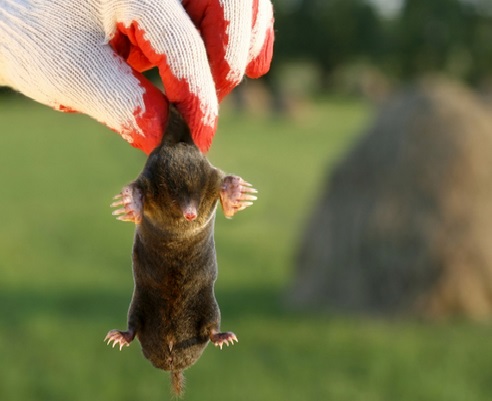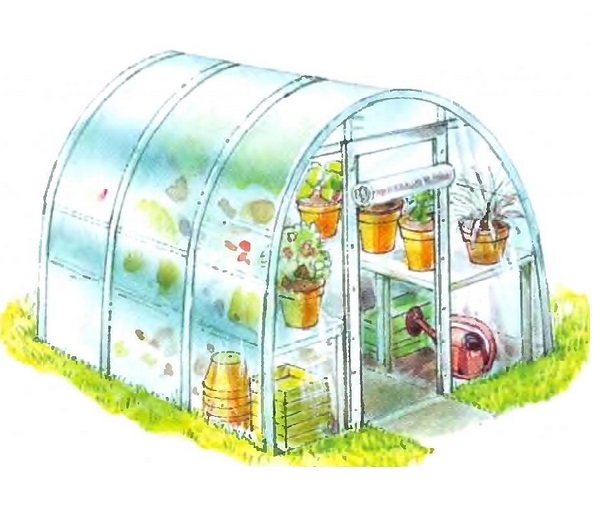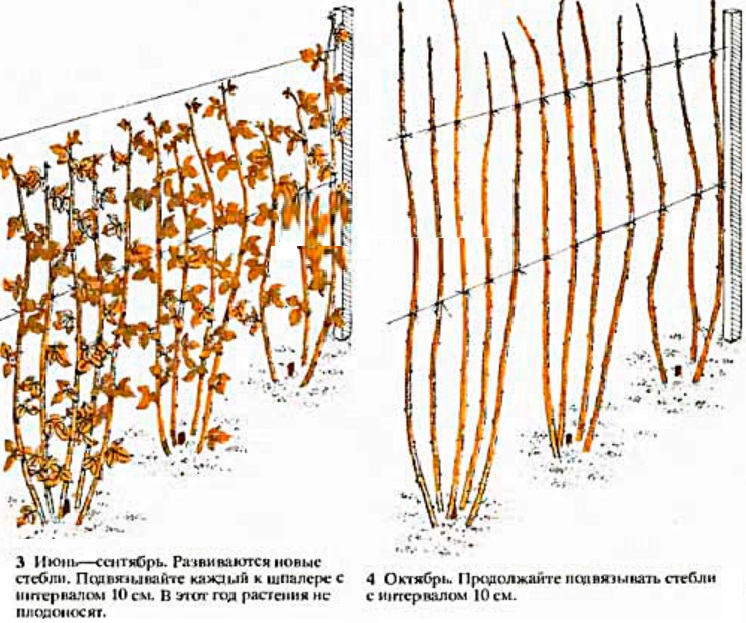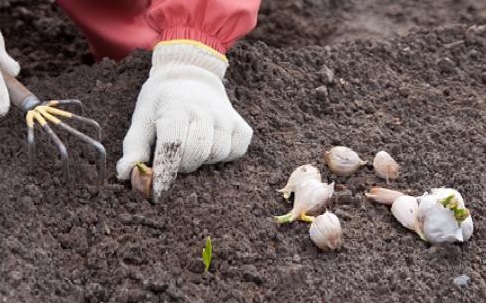Autumn Raspberry Pruning: Getting Started
Autumn is the time of year when many farmers and gardeners begin preparing their plots for winter. It’s also the perfect time for raspberry pruning, best done in late August or September-October. If you’re new to this, don’t worry, it’s not as complicated as it seems.
- Preparation – It’s necessary to remove all large and dried branches to improve access to the plants. Also, make sure you have all the necessary tools, such as pruning shears for live plants, gloves, and protective glasses.
- Prune branches that grow inward towards the crown or towards each other. Leave only the strongest and healthiest branches.
- Remove branches that are too long or above ground. They can hinder the growth of young branches and take up all the nutrients.
- Keep only 3-4 of the strongest branches on each shoot to support growth.
Pruning Summer Raspberries
Summer raspberry varieties are very popular among gardeners due to their high yield. Side shoots on two-year-old stems are where berries appear. The length of the stem affects the number of fruitful branches: longer stems have more branches, and shorter ones have fewer.
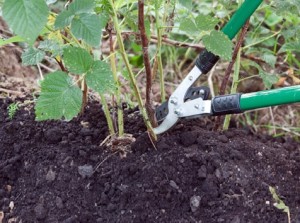
During planting, stems are pruned to a height of 25 cm above the ground. In the first year, raspberries don’t bear fruit, so it’s better to remove flowers from the stumps. New stems will start growing from the soil and should be thinned out, leaving only the strongest. The essence of proper pruning at this stage is to leave 25-centimeter stumps from the stems.
After a year of planting, strong stems will grow that should be tied to a wire support. The top row of the support should be 1.5 meters above the ground. Raspberry gradually bears fruit. Once the fruiting of summer raspberries is over, they are pruned at the root, as the life of the stem is calculated for a two-year period.
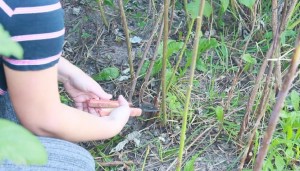
Young stems should be thinned, leaving a space of 10 cm between them, after which they should be tied to the wire support.
Pruning Autumn Raspberries
Berries on autumn raspberries grow from side branches near the top of the stem. Like summer raspberries, autumn raspberries are pruned similarly during planting. In early spring, all stems are completely removed, allowing young shoots to grow faster and bear fruit in early autumn. After fruiting, prune the plant by removing everything above ground level.
This is not detrimental – young stems will grow in the spring. Some stems will be weak, so raspberries should be thinned out so that nothing hinders the growth of strong shoots: this will help them become stronger faster. If necessary, raspberries can be tied to a wire base. Since the growth, branching, and fruiting of autumn raspberries occur within one year, pruning is done at the root every year.
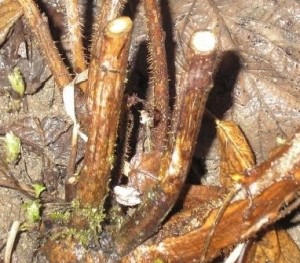
Advantages of the one-year growth cycle of autumn raspberries include:
- Pests and diseases have too little time to multiply;
- There is no stem dieback, as they are absent in winter.
Disadvantages include: if summer passes quickly, the plant’s potential is not fully realized. Therefore, when cold weather arrives, the plant may still have flowers and berries.
Winter raspberries have a unique feature: cutting their stems for winter is not mandatory, as they do not dry out like summer varieties’ stems. If you choose this path, the first harvest will be from young shoots, and the second from last year’s shoots. There will be no decrease in fruits, but the period of fresh fruits will be extended.
After pruning raspberries, proceed to caring for the bushes. Clean the ground from leaves and debris, and remove all weak, sick, and old shoots. Leave only healthy and strong shoots on the bush that can grow and spread in the next season.
To prevent diseases and insects, pruned bushes should be treated with special products designed to protect vegetation.
Another important aspect is watering. Raspberry bushes require sufficient moisture to grow successfully in the next season. Water them regularly, especially during cold and dry periods.
Is it Necessary to Prune Raspberry Tops in Autumn?
Pruning the tops of raspberries is an important aspect of their care that should be performed in autumn. This action will help your plant maintain its strength and health, and prevent diseases and dried branches.
The tops of raspberries are old, dried branches that no longer produce fruit. They can also pose a threat to the health of the plant, as they can be a pathway for pests and diseases. Therefore, they should be removed.

